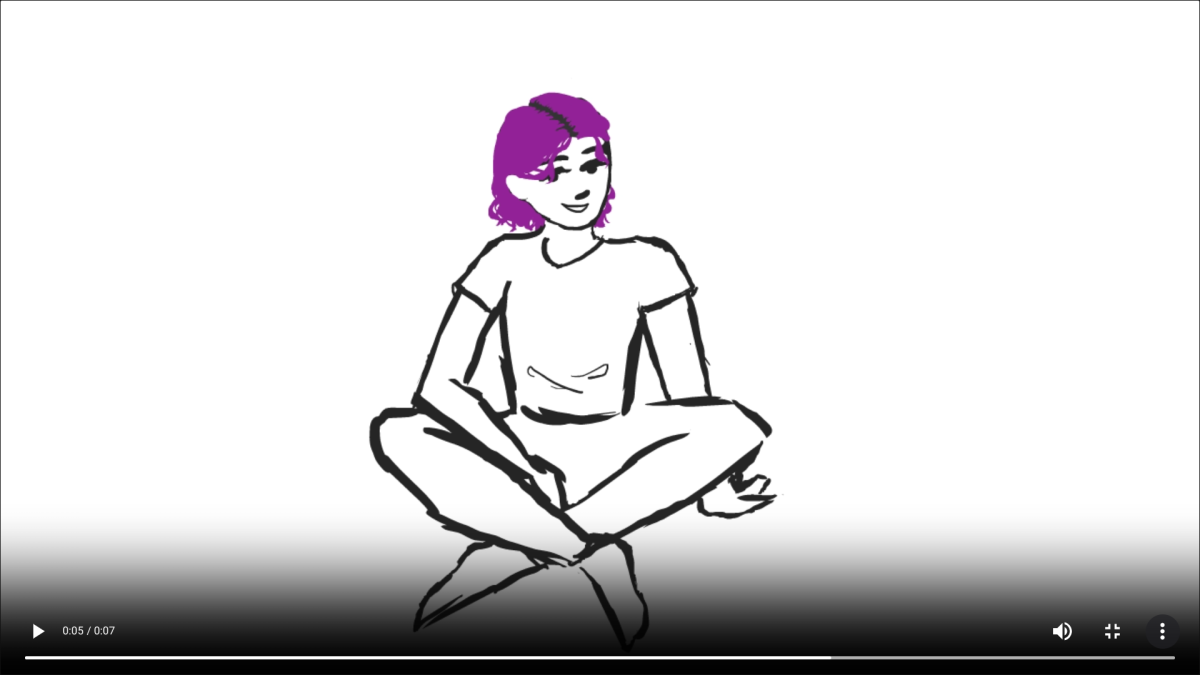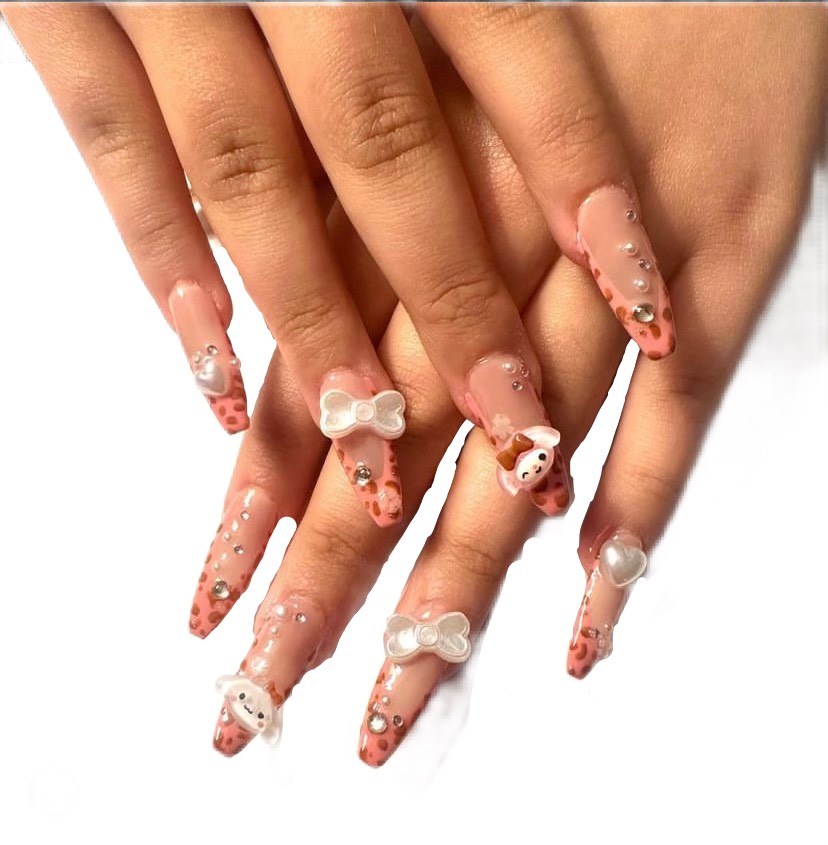Arts Editor Abby Barnes recalls her experience visiting some of the most famous art museums in Paris, France.
Musée Rodin — Auguste Rodin, a french sculptor and the father of modern sculptures, lived in the age of impressionist art in the late 19th and early 20th century. One might recognize one of his most famous pieces, The Thinker, which sits in the garden between what was his home and the “accueil”* building. The first sculptures, which can be found as you enter the building and move past the ticket desk, are not lacking in emotion and you will often encounter people staring deeply into them as if they were alive. I found the first building less than fascinating though; our eyes are trained to see beauty in color and variety, and this initial collection seemed to possess neither. However as we moved across the gardens and into what used to be Rodin’s own home, I found myself becoming more and more interested in what there was there; particularly the piece entitled “The Gates of Hell”. A true masterpiece, this circumspect description of the ultimate terror took Rodin 37 years to complete. It shows in the intense, dark detail and Rodin’s incorporations of some of his other works into the frame.
Musée de Judaïsme — Although I am a christian I found this part of my journey quite fascinating, especially the exhibition on Albert Dreyfus. The Dreyfus scandal (“L’affaire Dreyfus”) is regarded as very important in french history. Dreyfus was a Jew and a French officer wrongfully accused of treason in 1894. It sparked a division in France and high controversy between those who opposed Dreyfus, and his supporters. I was also fortunate enough to see a play entitled “J’Accuse”, which went behind Émile Zola’s (One of Dreyfus’ most prominent supporters) letter to the president and his relationship with the scandal. The exhibitions in the Museum of Judaism communicated the emotion behind the oppression felt by Jews in World War II and even “à nos jours”* by providing firsthand accounts of slander received as a result of racism. Interesting artifacts and art from Jewish history lined the pathways of the museum.
Musée D’Orsay — I wouldn’t advise you to visit this museum with a dawdler; its 188 X 75 meters of paintings, sculptures, “objets d’art”*, photography, graphic art, and architecture will have you looking for hours if not days. We chose to browse the architecture and impressionist exhibits. One of my favorites was “La Bouée Rouge” by Paul Signac. Though simple, I enjoyed its bright color and optimism. It was a part of the impressive Neo-Impressionism exhibit. Downstairs consisted of a traditional “petit café”*and a whole other lobby and exhibition level.
Le Louvre — The most popular art museum in the world as well as the largest, the french renaissance-style “Louvre” contains exhibits with almost 35,000 items. The obvious attention-grabber in this museum was the Mona Lisa and the opposite portrait, The Wedding Feast at Cana. Crowds gathered round to have a glance at both of these so it was hard to get a close shot unless you were willing to wait. Outside in the hall, Italian paintings lined the walls on either side, including works by Eugène Delacroix (Liberty Leading the People) and Jacques-Louis David (The Coronation of Napoleon). It was a great way to spend time in Paris and the exhibits were open with places to rest; a must-have comfort for landmarks as big as this one.
*Accueil — Reception or welcome area
*À nos jours — In our time/days
*Objets d’art — Works of art, sometimes for the purpose of decoration.










